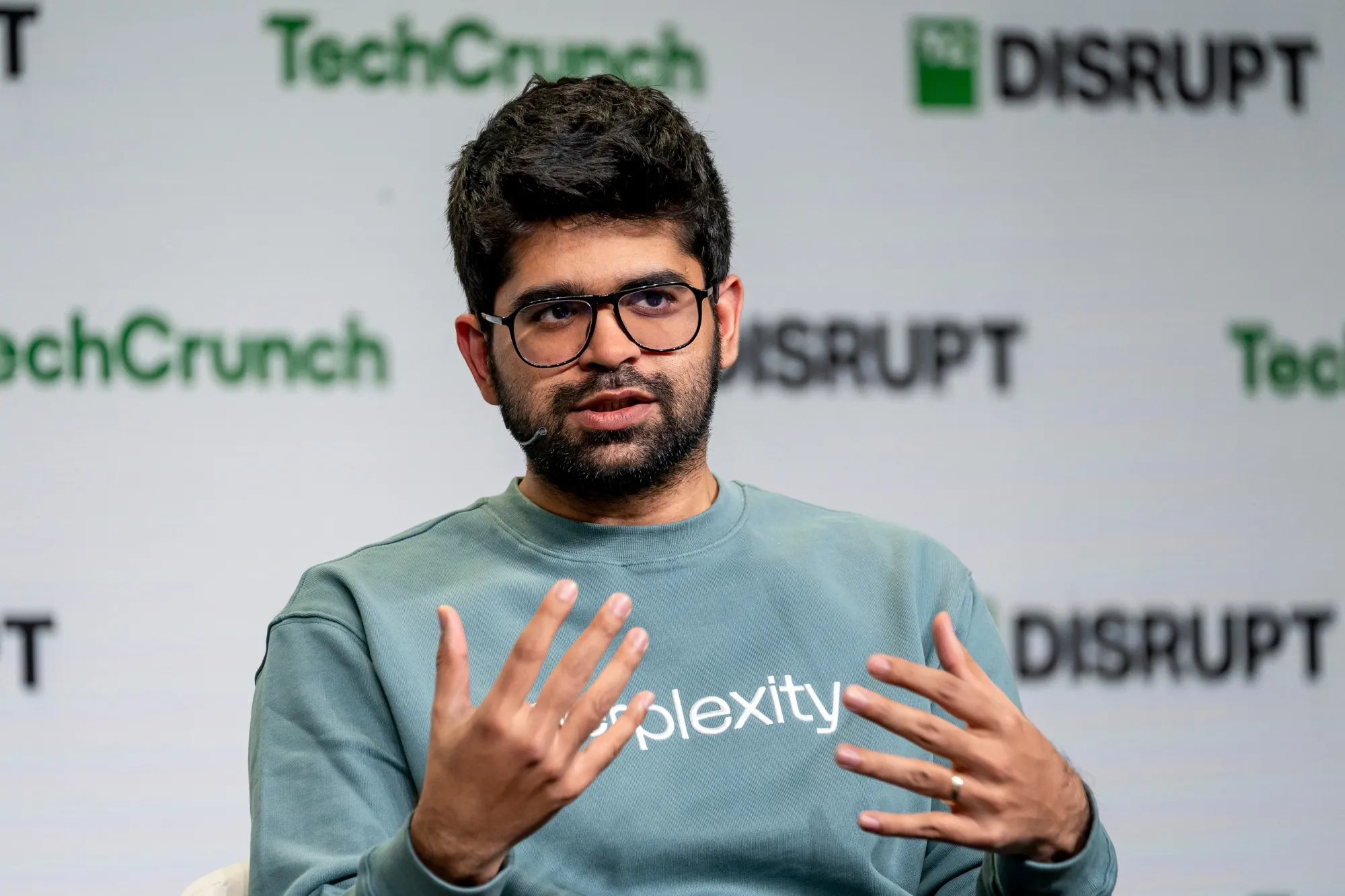OpenAI officially transforms itself into a non-profit business, using its winnings to support the non-profit portion of the business, which is relatively independent of the two
OpenAI's sudden announcement of a company reorganization this Friday evening caught not only Musk, but us, a bit off guard.

According to OpenAI's latest statement, the new round of organizational restructuring revolves around the conflict between for-profit and nonprofit.
exist ChatGPT Since its launch, OpenAI has become one of the hottest startups in the global tech space, but as its generative AI products have hit the ground running, people have begun to question its original "not-for-profit" intent. Elon Musk even filed a lawsuit against OpenAI.
Back in the middle of this year, it was predicted that OpenAI would turn for-profit by 2025, but it seems that process will have to be accelerated.
It all seemed to come too soon, and OpenAI's presentation of the new architecture was immediately controversial, and the comments from the Internet were generally negative.

Face reviews are naturally available, but not many. At the time of writing, neither Musk nor Altman, among other stakeholders, have publicly commented on the matter. Interestingly, however, Altman sent out a series of tweets thanking many of the departed OpenAI seniors after OpenAI announced its organizational restructuring.
At the time of writing, neither Musk nor Altman, among other stakeholders, have publicly commented on the matter. Interestingly, however, Altman sent out a series of tweets thanking many of the departed OpenAI seniors after OpenAI announced its organizational restructuring.
I wonder if Ultraman is 'carrying on' in this way.
Below is the full text of the blog posted by OpenAI.
Why OpenAI's organizational structure must evolve to advance our mission
Use for-profit success to support stronger nonprofit causes. 
The OpenAI Board of Directors is evaluating our corporate structure to best support our mission: to ensure that generalized artificial intelligence (AGI) can benefit all of humanity. We have three goals:
- Choose a nonprofit or for-profit structure that is most conducive to the long-term success of this mission.
- Making Nonprofits Sustainable.
- Let each part do its job.
As of today, we have a non-profit organization and a for-profit organization, and we will continue to have both. The success of the for-profit organization enables the non-profit organization to be well-funded, better supported and better positioned to accomplish its mission.
We see this mission as the most important challenge of our time. It requires simultaneously improving AI's capabilities, security, and positive impact on the world. In this post, we share the history of our current structure, why we believe change is necessary, and what specific changes we are considering.
(in the) past
We were founded in 2015 and started as a research lab. Our vision was that AGI really could happen, and we wanted to help with it as much as we could. In the early days, we believed that progress depended on key ideas coming from top researchers, and that supercomputing clusters were less important.
We conduct a variety of experiments, from gaming AI toolkits to robotics research and publishing papers. We have no product, no business, and no commercial revenue.
The goal we gave at the time was "toAdvance digital intelligence in ways that are most likely to benefit all of humanity as a whole, unconstrained by the need to generate financial returns.' The nonprofit structure seemed appropriate, and we raised donations in a variety of forms, including cash ($137 million, less than a third of which came from Musk) as well as compute credits and discounts ($1.8 million from Amazon, $50 million or more each from Azure and Google Cloud).
Ultimately, it is clear that state-of-the-art AI will continue to use more and more computation, and scaling up large language models is a promising path for AGI that is rooted in human understanding. In order to accomplish our mission, donations will not be enough; we will need far more computation, and therefore more capital.
present .
In 2019, we went from a lab to a startup. We estimate that we will need to raise around $10 billion to build AGI. this level of computing and talent capital means that we will need to partner with investors to continue the mission of the nonprofit.
We created a customized structure: a for-profit organization, controlled by a non-profit organization, with capped profit shares for investors and employees.We intend to make huge profits to reward our shareholders, make our mission possible, and flow surplus funds to nonprofit organizations.We have rephrased our mission to 'ensure that generalized AI benefits all of humanity' and plan to do this 'primarily by trying to build safe generalized AI and share the benefits with the world'. The changes in rhetoric and approach all serve the same goal -- to benefit humanity.
That year, OpenAI, a for-profit organization, raised more than $100 million in its first round of funding, followed by another $1 billion from Microsoft.
By 2020, in order to raise more money, we needed to prove that our technology could generate revenue before we reached AGI. So we built our first product. In the process, we learned how different real-world security is from what we expected in the lab. At the same time, we started to deliver the 'revenue' part of our mission without having to wait until we achieved generalized AI.
In 2022, we launched ChatGPT, a product that brought AI into the everyday lives of ordinary people. Today, over 300 million people use it every week to be more productive, learn more, and more, most of them for free.
In 2024, we discovered a new research paradigm: the o-series of models demonstrated new reasoning capabilities that could be scaled up by 'thinking' computations and superimposed on training computations.
Our impact is not only in what we create, but also in how we influence others. Part of this is due to our progress, the dynamism and competition in the field, from commercial products like ChatGPT to open-source big models, to aggressive innovation across fields, the pursuit of safety, and more. This event is just the beginning of the AI economy, and OpenAI demonstrates the pursuit of leadership in the field, inspiring other organizations to join in advancing this mission.
The hundreds of billions of dollars currently being invested in AI development by large companies demonstrates the real commitment required for OpenAI to continue pursuing its mission. Once again, we need to raise more capital than we thought possible. While investors want to back us, with capital of this magnitude, they need regular equity structures, not overly entrenched ones.
pending
As we move into 2025, we will have to move beyond being a lab and a startup - we must become a sustainable business.
Based on the Board's mission of advancing generalized artificial intelligence (AGI) for the benefit of all humanity, in consultation with outside legal and financial advisors, the Board of Directors' goal is to consider how best to build OpenAI:
1. Select a non-profit/for-profit structure that is best suited for the long-term success of the mission.
Our plan is to convert the existing for-profit corporation into a Delaware Public Benefit Corporation (PBC/Delaware Public Benefit Corporation) and issue common stock, and the public benefit of the PBC will be OpenAI's mission.The PBC is a structure, which is used by many other corporations, that requires the corporation to balance in its decision-making process the shareholders' interests, stakeholders' interests and the public interest in the decision-making process. It will allow us to raise the capital we need on conventional terms, just like other companies in this space.
2. Making non-profit organizations sustainable
Our plan will make OpenAI one of the most well-resourced nonprofit organizations in history. A nonprofit's significant equity in an existing for-profit company will come in the form of shares in a PBC, with a fair valuation of the shares determined by an independent financial advisor. This will multiply the resources provided by our donors.
3. Making every sector work
Our current structure does not allow the board to directly consider the interests of those who finance our mission, nor does it make it easy for nonprofits to make decisions that go beyond controlling for-profit corporations.PBC will operate and control OpenAI's business, while the nonprofit will employ a leadership team and staff dedicated to advancing philanthropy in areas such as healthcare, education and science.
We have learned to see OpenAI's mission as a sustainable goal, not just the building of a single system. Today's world is building new infrastructures - energy, land use, chips, data centers, data, AI models, and AI systems - to serve the 21st century economy.
We seek to evolve to take the next step in our mission to help build the AGI economy and ensure it benefits humanity.
While this blog post from OpenAI goes to great lengths to articulate their mission and the efforts being made to ensure its sustainability. But it doesn't relieve the internet of the question: is it for-profit or non-profit? That's the question.

 There is no doubt that OpenAI has introduced an uncommon model of corporate organization here that has sparked a lot of confusion.
There is no doubt that OpenAI has introduced an uncommon model of corporate organization here that has sparked a lot of confusion.
It is stated that in a Delaware Public Benefit Corporation (PBC), the Board of Directors is responsible for managing the corporation so that its fiduciary duty to the corporation and maximizing value for its shareholders is balanced with the interests of other groups affected by the corporation's operations, including employees, customers, vendors, the environment, or society at large. The public interest in question may, but need not, be related to the commercial operations of the public benefit corporation.
For example, in a public good related to the company's business, a vitamin company could pledge to donate a portion of its products to malnourished mothers or Third World orphanages to improve public health.
To ensure this, the board of directors needs to be responsible for issuing a biennial public benefit report. The report must be distributed to shareholders and may be issued more widely when the public benefit corporation is available. The report must describe the corporation's efforts to achieve its pro bono purposes and provide specific guidance on its progress and the criteria and indicators by which such progress will be measured.
Unlike similar reports required of public benefit corporations in other states in the U.S., the biennial report prepared by the Delaware Public Benefit Corporation (PBC) does not have to be completed in accordance with, or utilize the measures of, third-party standards or accrediting bodies, although the corporation may adopt such standards or obtain accreditation from third-party accrediting bodies as it deems appropriate. Public Benefit Corporations are not required to make this report public.
What are your thoughts on this round of OpenAI organizational restructuring?
Reference Content:https://x.com/OpenAI/status/1872628736690123213https://openai.com/index/why-our-structure-must-evolve-to-advance-our-mission/
© Copyright notes
Article copyright AI Sharing Circle All, please do not reproduce without permission.
Related articles

No comments...




